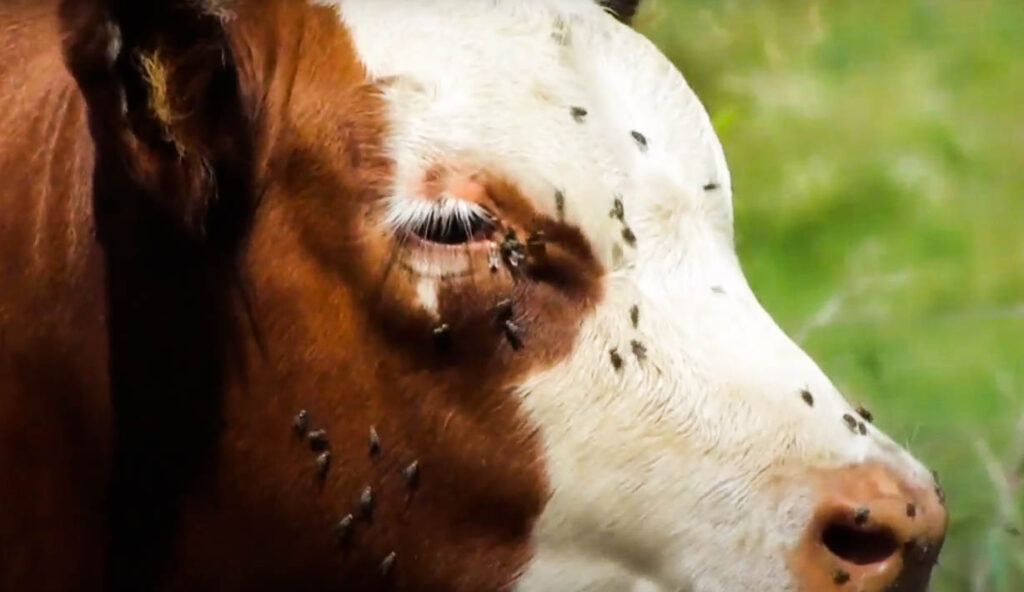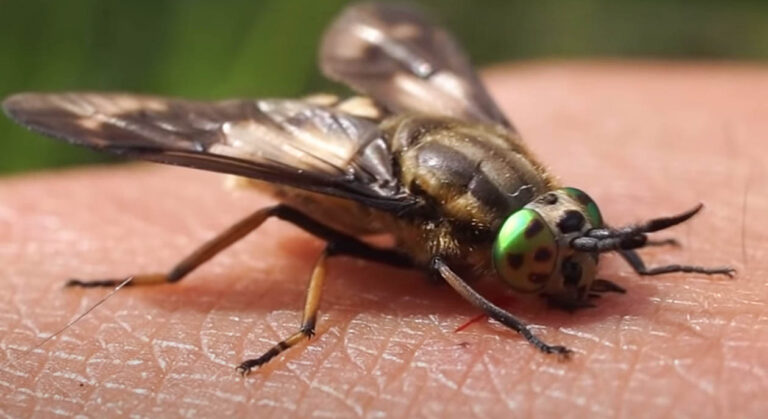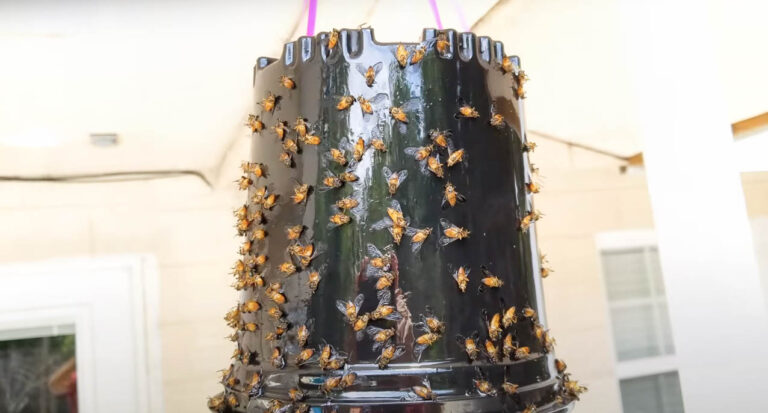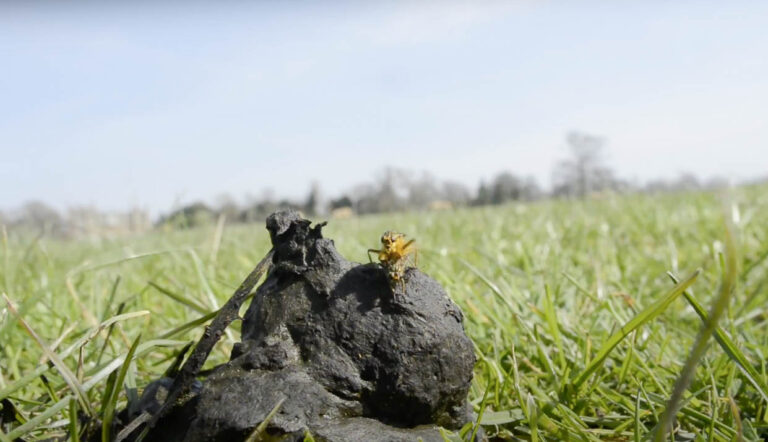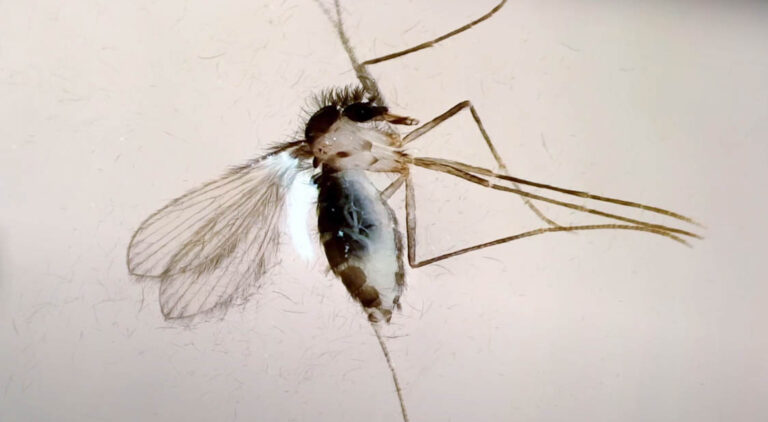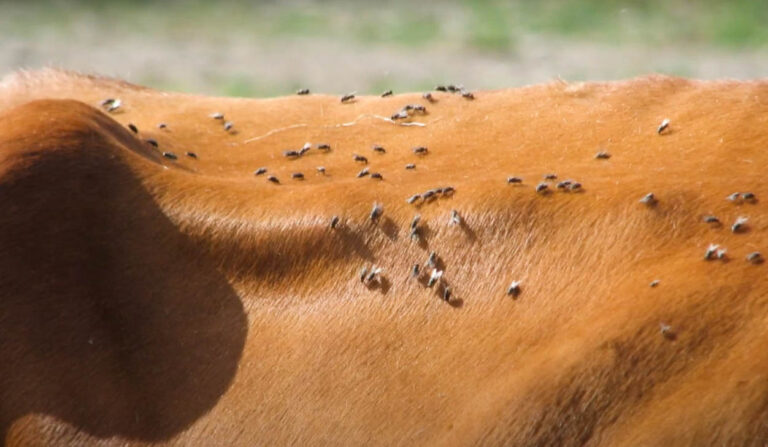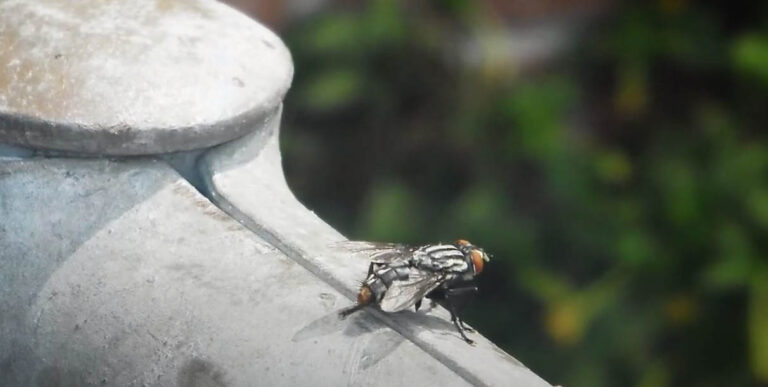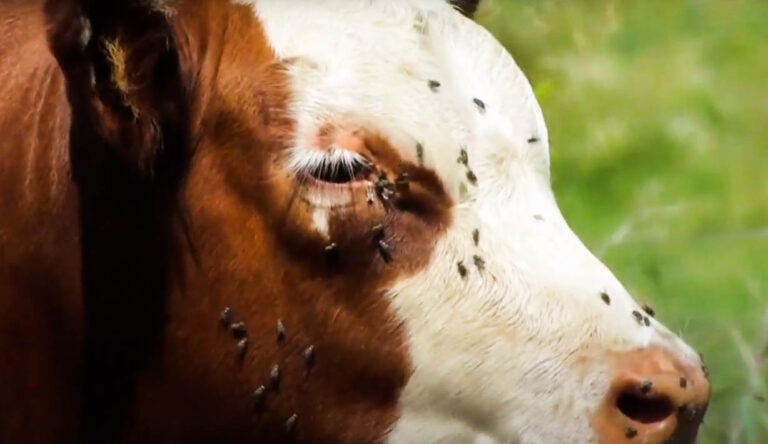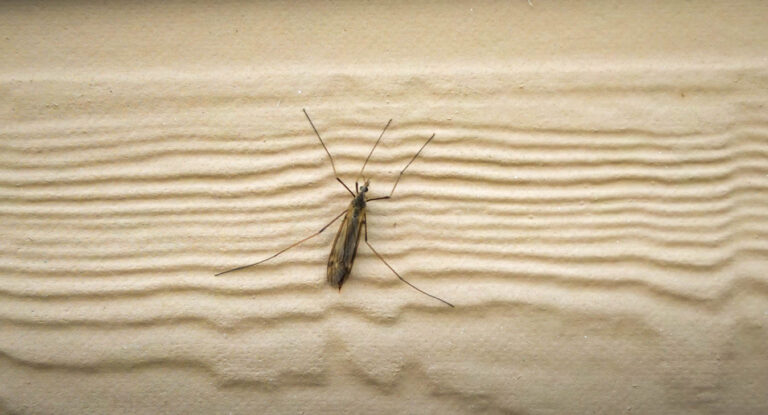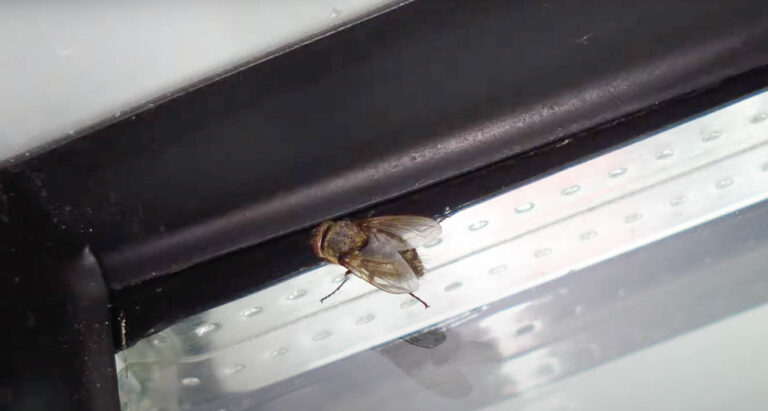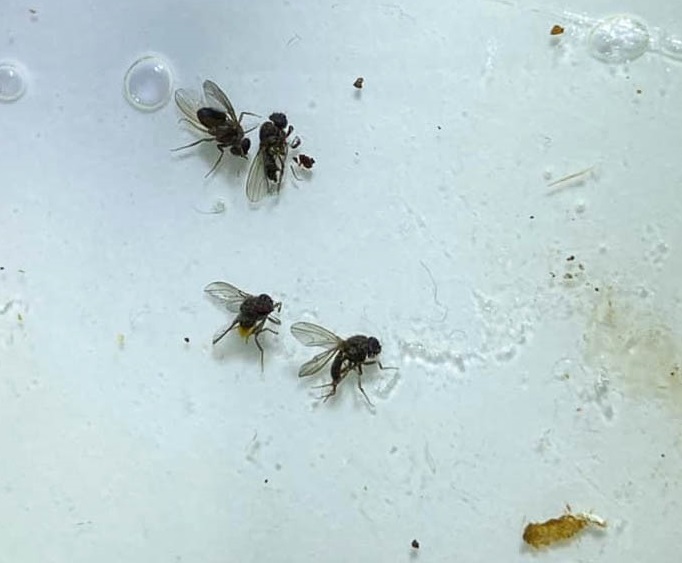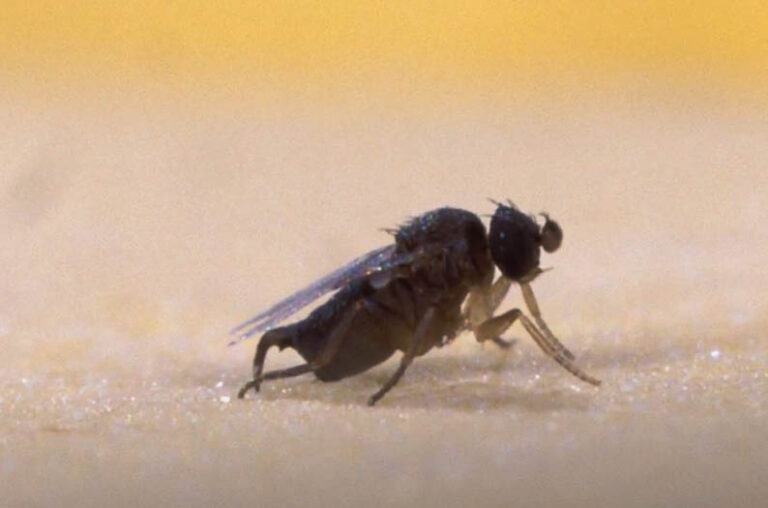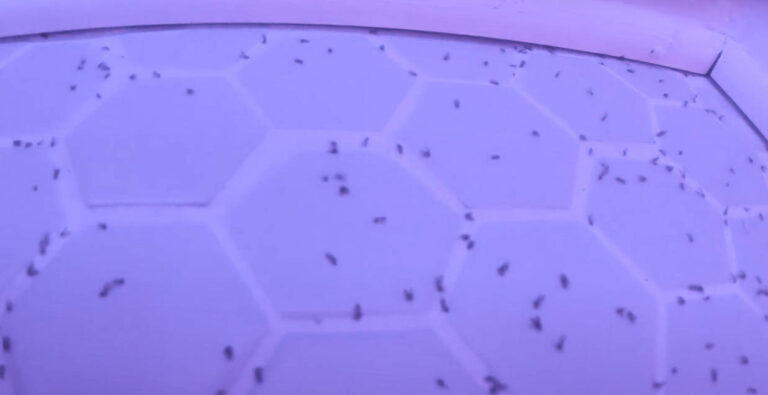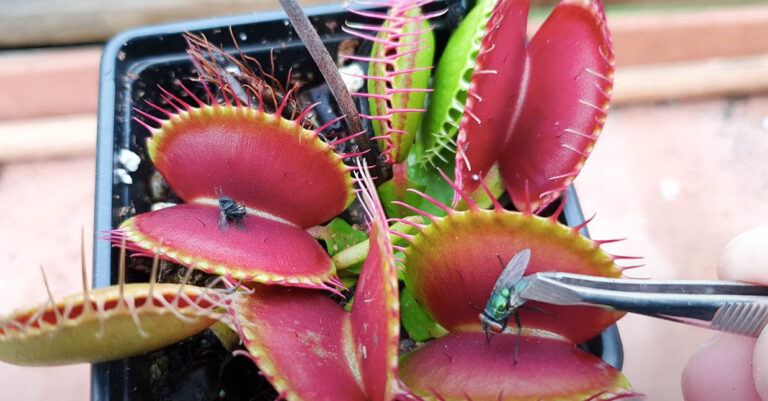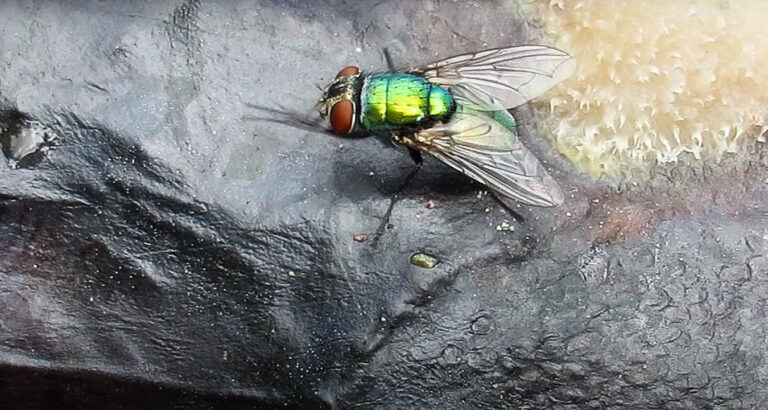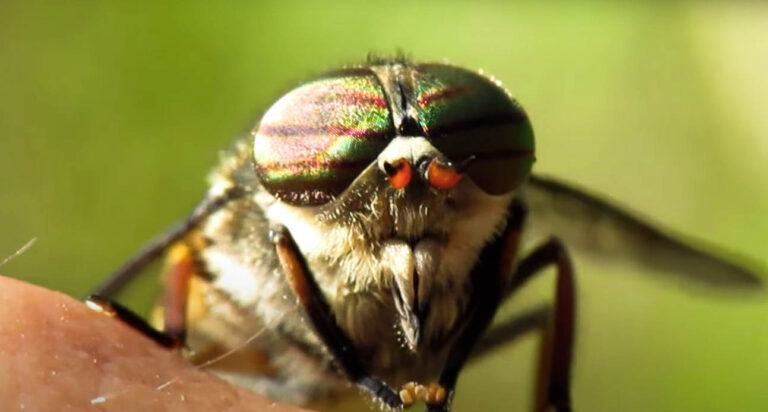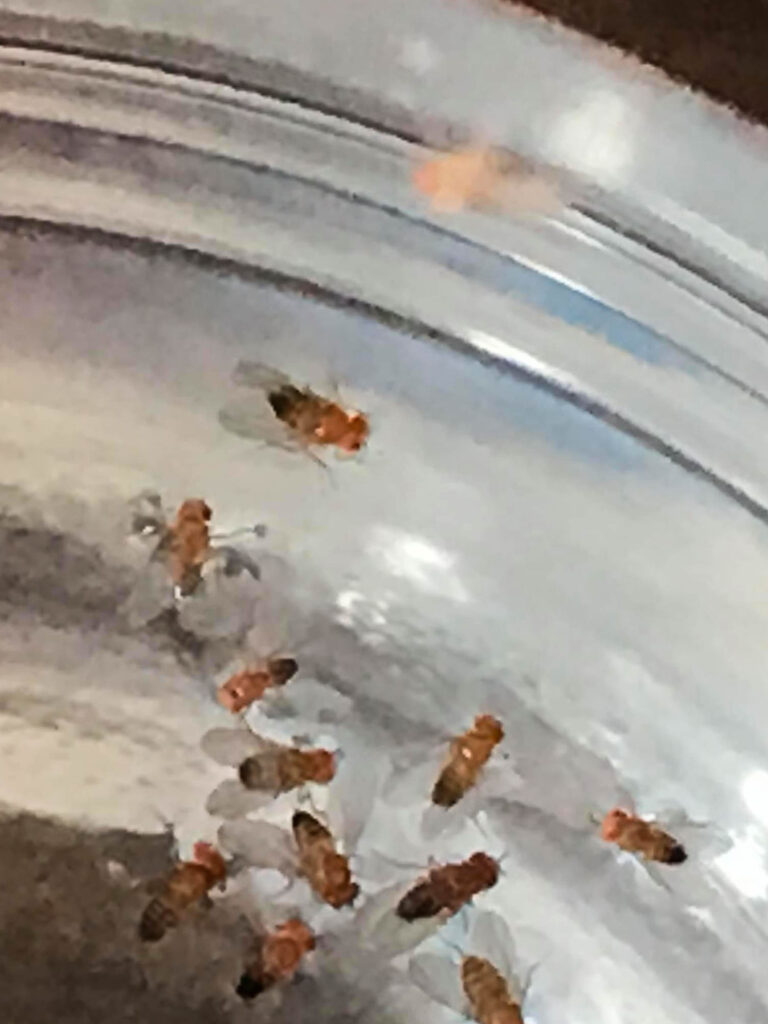About the Face Fly
Flies are annoying little insects. They buzz around loudly, spread disease, and are generally an annoying pest. Dealing with flies can be easy or tricky depending on the species involved. One of the more common fly species encountered is the face fly. Though lumped in with houseflies, there are a few differences between the two, and it is worth keeping those differences in mind to stave off the little pests.
Appearance
As mentioned earlier, face flies resemble houseflies, but there are a few differences in appearance and several regarding behavior and the like. The biggest difference is that face flies are slightly larger than houseflies. The other physical differences are more difficult to notice on a buzzing little insect, but the compound eyes on the males are closer together than with houseflies, and the abdomens of face flies are either orange or have an orange stripe if their male or female, respectively. Granted it’s rare you’re looking that closely at a fly to determine species, but the eyes and size are relatively easy ways to determine if it’s a housefly or a face fly. Their behavior makes it a bit easier to tell the difference.
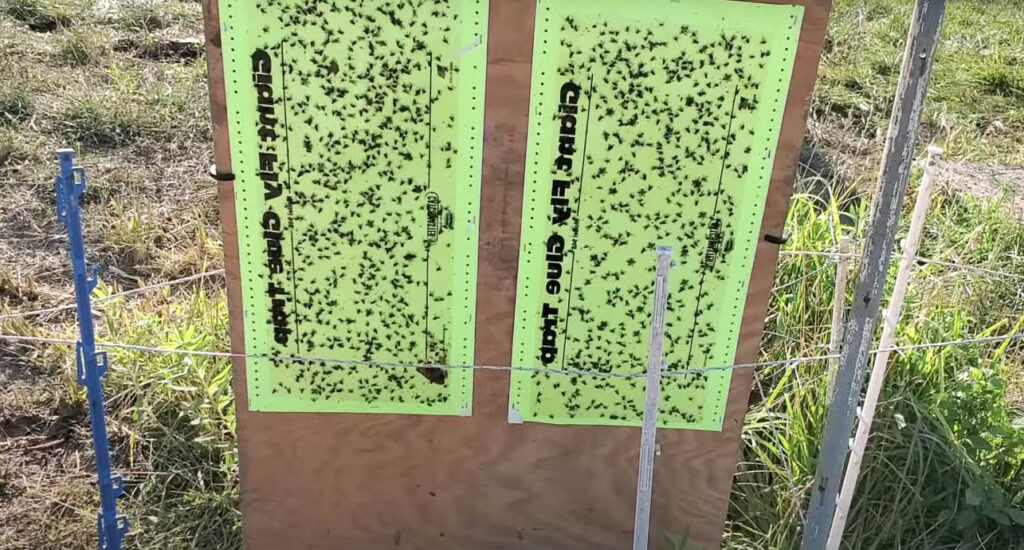
Behavior
Face flies get their name because they tend to buzz around people and animal’s faces, specifically the eyes and nose. Houseflies might do this, but face flies are more persistent about it. Like other flies, they lay their eggs in manure, and due to their persistence are considered a pest among cattle ranchers. Houseflies tend to stay in the feeding areas while face flies are more a pasture problem, which makes it easier to tell them apart for farmers, at least.
Life cycle
Face flies are born from manure, as noted previously. The growth process takes about three weeks from egg to adult. The maggots are yellow as opposed to white like other flies, which makes it easy to tell the difference. Like other insects, to produce eggs the females need to consume protein, excrement and other excretions being common sources. They tend to go for the eyes and nose because mucus and the like are suitable for this purpose. Face flies are gross if you haven’t realized yet. Their propensity for such behavior also makes them likely to carry disease, so caution is advised when dealing with them. The males, incidentally, just eat pollen. The females can lay up to 230 eggs, so if left to their own devices can easily cause quite a problem for any herd, domesticated or not. While active in the summer months, come autumn they stop breeding and hunker down for the winter. Like most insects, if they can find a house, barn, or the like, they’ll cluster in such places to try and survive the winter.
Habitat
Being a considerable pest to cattle ranchers and the like, face flies are generally found in pastoral-like lands where livestock tends to feed. Places like the African savannah and American Midwest are prime such locations to find face flies. As long as there is a decent summer season
and animal poop for breeding, the flies aren’t too picky. Their propensity to go for the eyes means that face flies are a major spreader of pinkeye and other such diseases among cattle. Such diseases can have a severe impact on ranches if left unattended or allowed to spread. Dust bags are a common control method. Their annoyance to the cattle can affect grazing as well, slowing growth and annoying the cattle during the day as they try to find an escape from the constant buzzing little pests. Though not a serious concern to people directly, their impact on livestock makes them an annoyance for farmers across the globe. In sufficient numbers, face flies can affect a herd and cost money, and dealing with them is difficult because of their persistence. Control methods are available, but the fact they’re most active in the summer before harvest seasons makes them even more aggravating.
